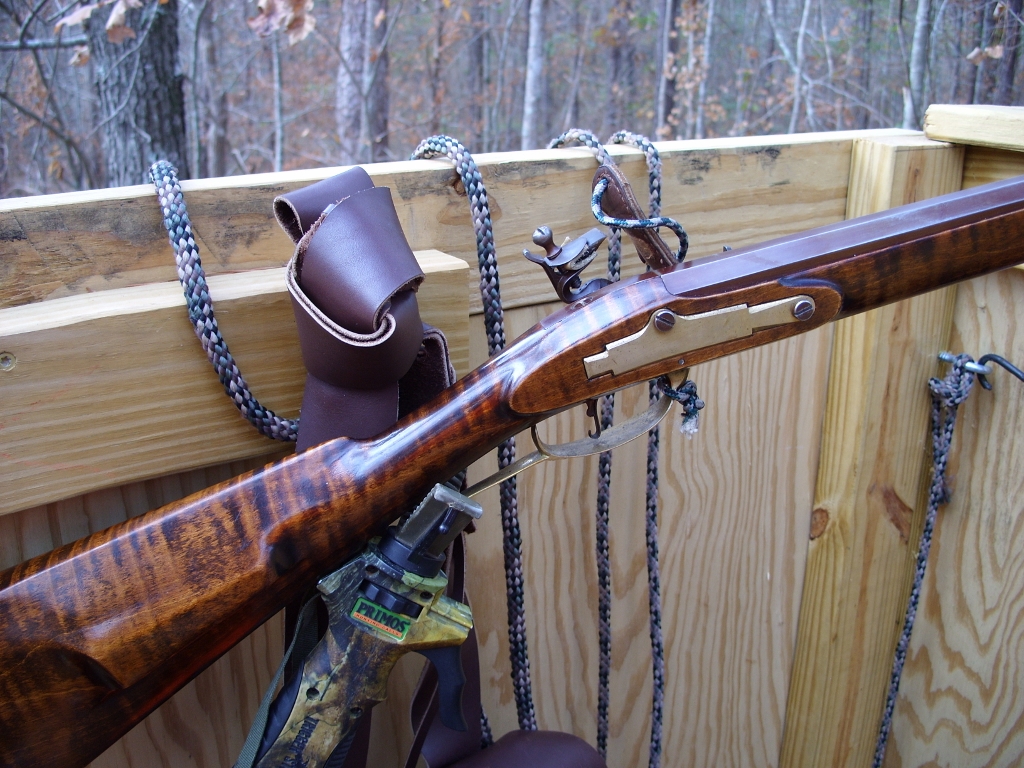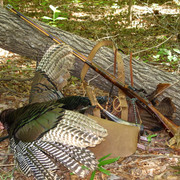raw tung oil takes months to dry almost if ever,
Yeppers. Pure (raw) tung oil is what I used when I built my Navy Arms kit Brown Bess. Didn't take months to dry but seemed like it. I choose pure tung for it's moisture resistant properties and it was kinda the rage at the time (mid-1970s). Don't remember clearly, but I may have gone over it with 0000 steel wool afterwards to get rid of the shiny. BTW, since then I have not found pure tung oil, it is always mixed with something, usually silicone.









